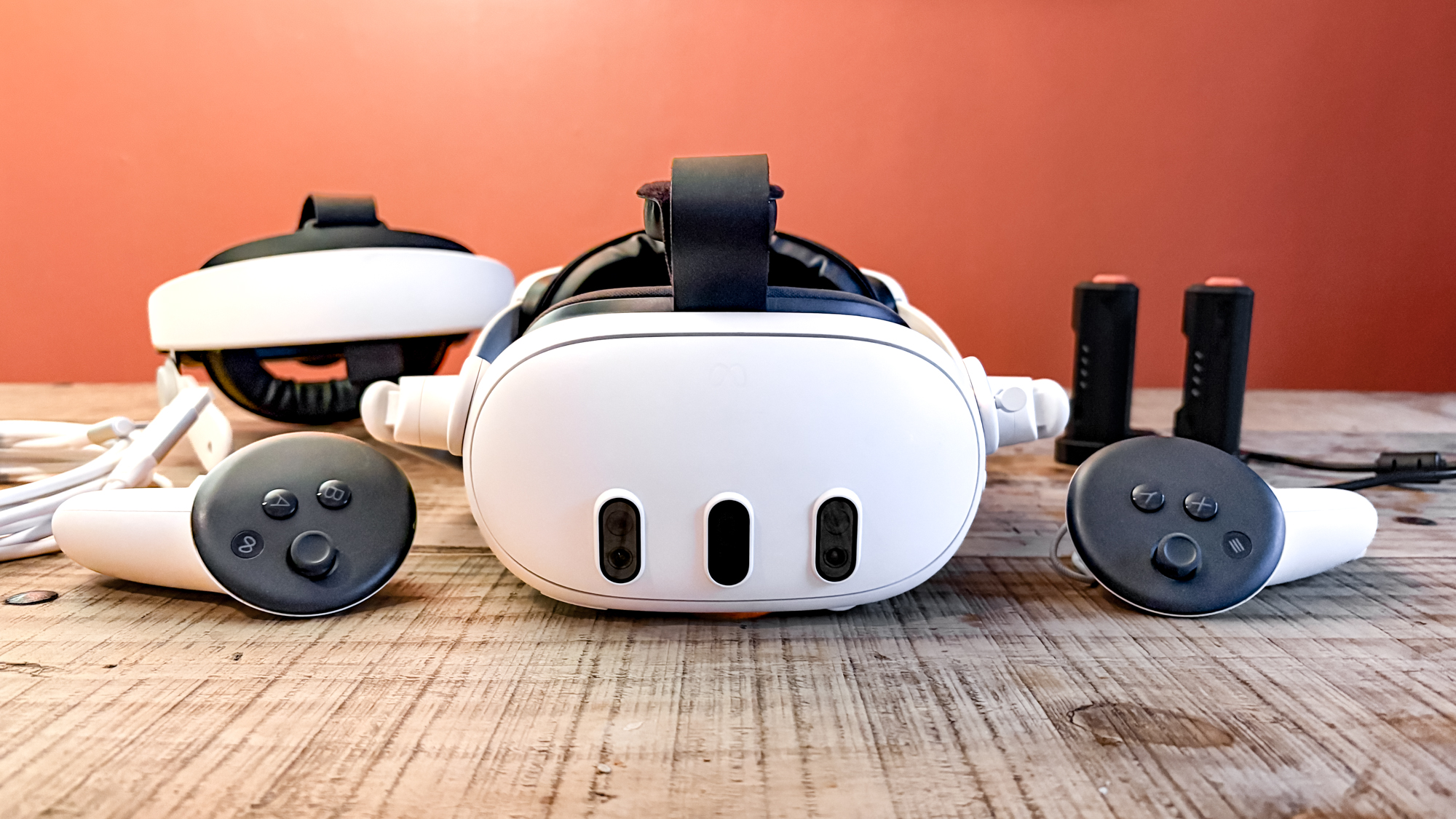14 Tips for Taking Creative Self-Portraits
Whether you want to spice up your selfies on Instagram or you dream of seeing your work in an art gallery, these quick tips will help you master the art of self-portrait photography.
Self-Portrait, Not Selfie
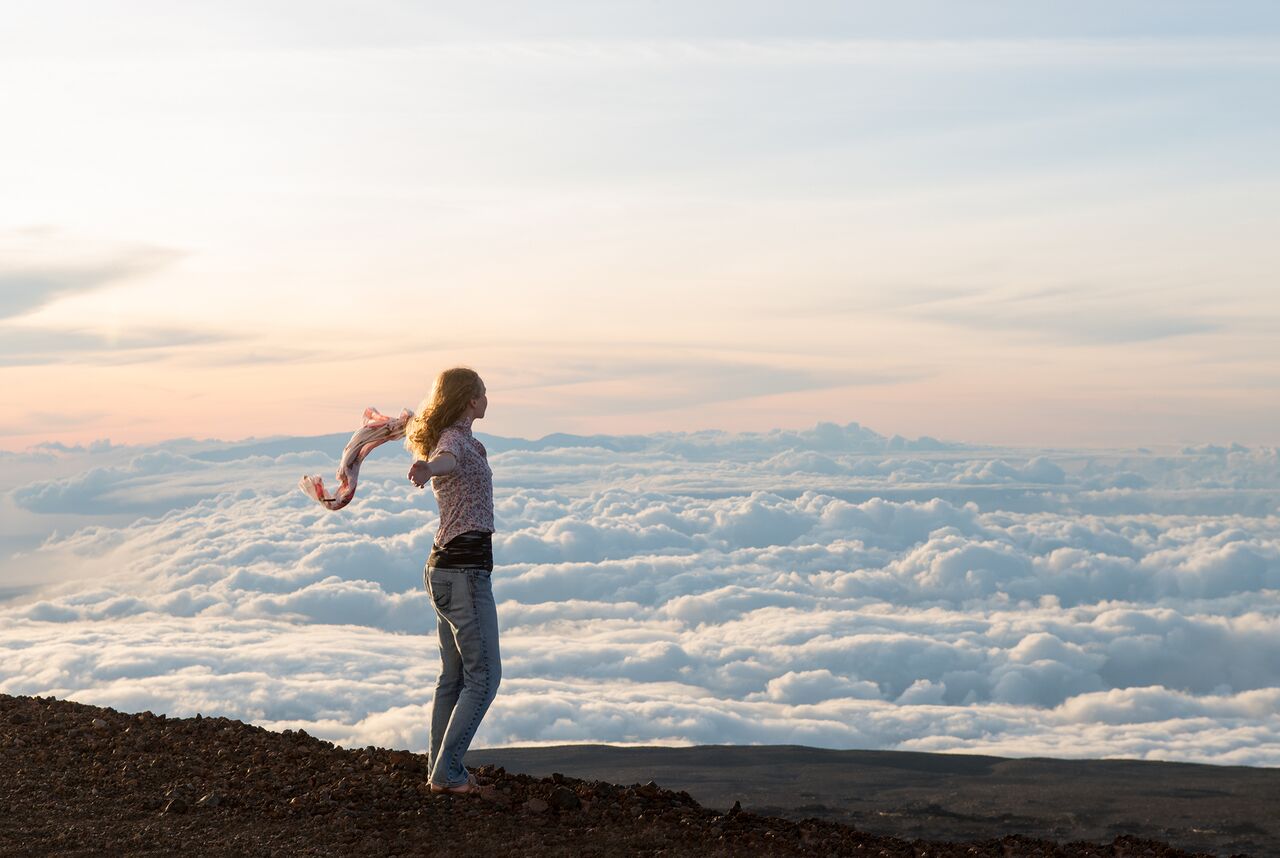
From Instagram filters to wireless technology, advances in digital photography are making it easier than ever to capture striking self-portraits. Read our 14 tips on taking top-notch self-portraits, and discover how to photograph yourself in a whole new light.
Photo credit: Lacey Johnson
Use a tripod
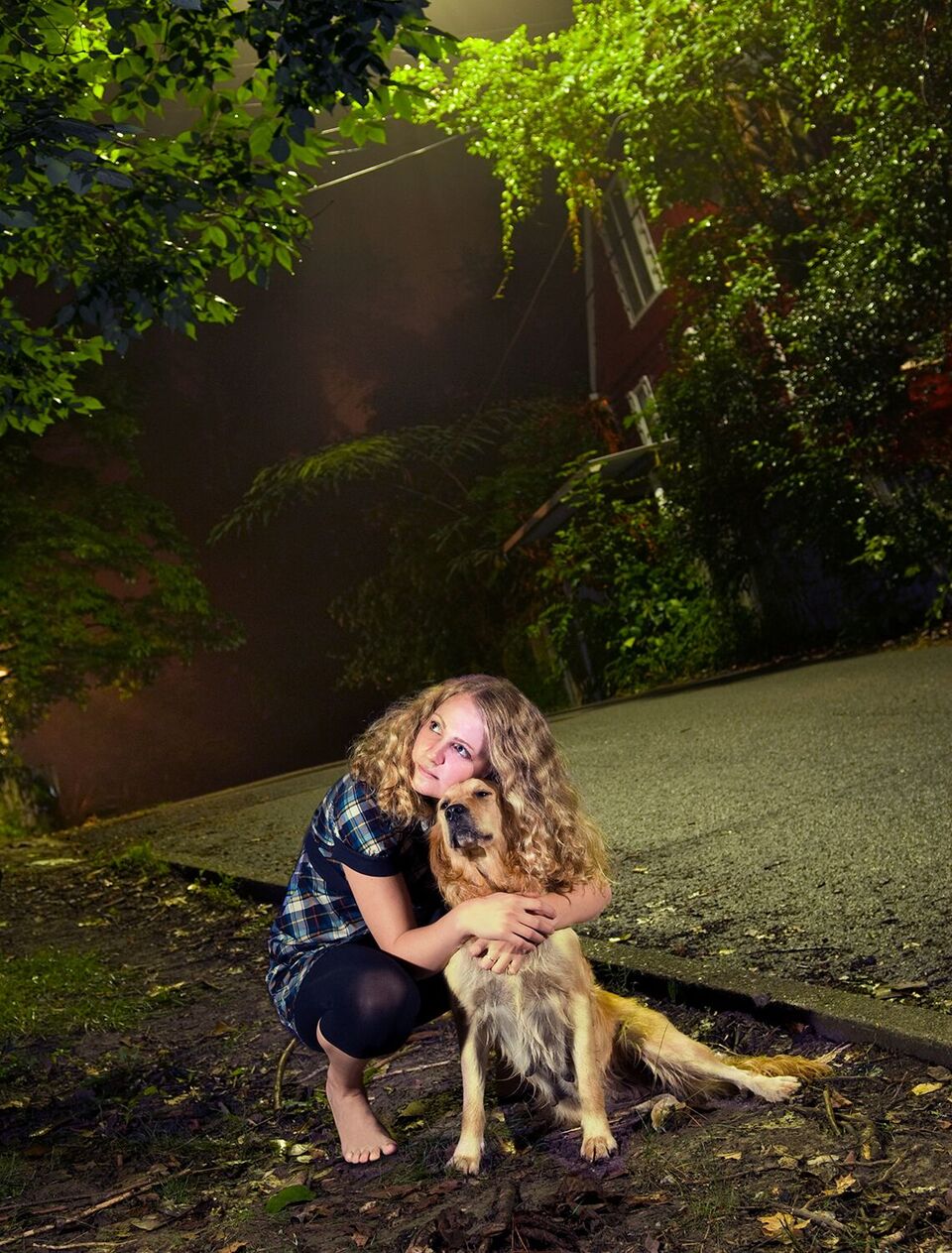
Unless you want to shoot selfie-style (with an outstretched hand), you'll need to rely on a tripod to hold your camera. For maximum versatility, we recommend a lightweight tripod with a ball head, such as the Zomei Q555, which is portable yet sturdy enough to support a DSLR camera. If you plan on shooting with a smartphone, be sure to pick up a universal adapter that attaches to your tripod.
Photo credit: Lacey Johnson
Use a self-timer and burst mode

The easiest way to fire your camera from afar is by using its self-timer or a wireless remote. Most camera models allow you to set a delay of at least 10 seconds, giving you plenty time to get in place. If possible, turn on your camera's "burst mode" setting, so you can try out multiple poses in succession.
Photo credit: Lacey Johnson
Use your camera's Wi-Fi
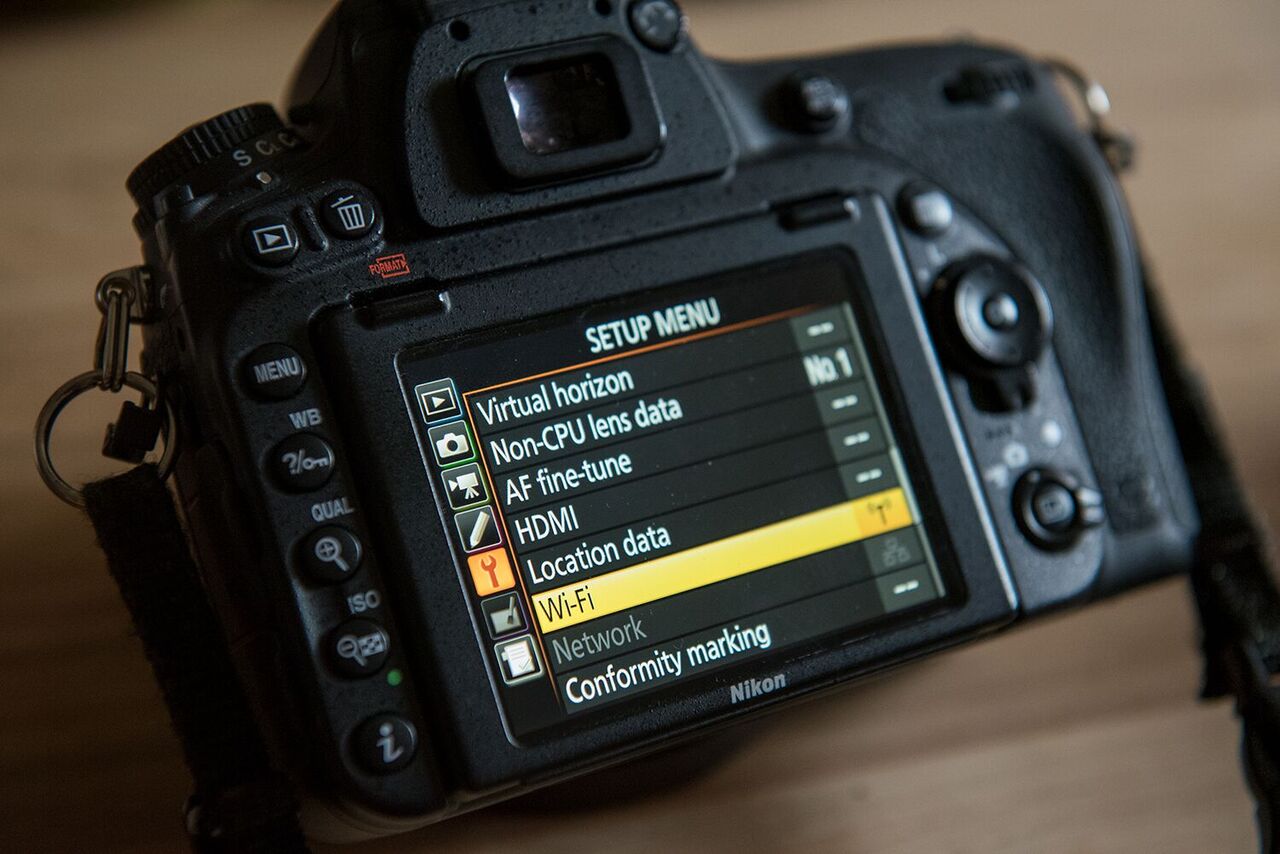
Most new digital cameras, such as the Canon T7i and Nikon D5500, come with built-in Wi-Fi that allows you to wirelessly transmit your photos. This is especially helpful when shooting self-portraits, because you can preview your shots in real-time on a tablet or smartphone — meaning you won't need to keep running back to the camera to see how your pictures are turning out. Most apps will allow you to fire your camera remotely as well. Just download the app that's compatible with your camera and sync the devices, and you're ready to go.
Photo credit: Lacey Johnson
Get instant access to breaking news, the hottest reviews, great deals and helpful tips.
Prefocus your camera
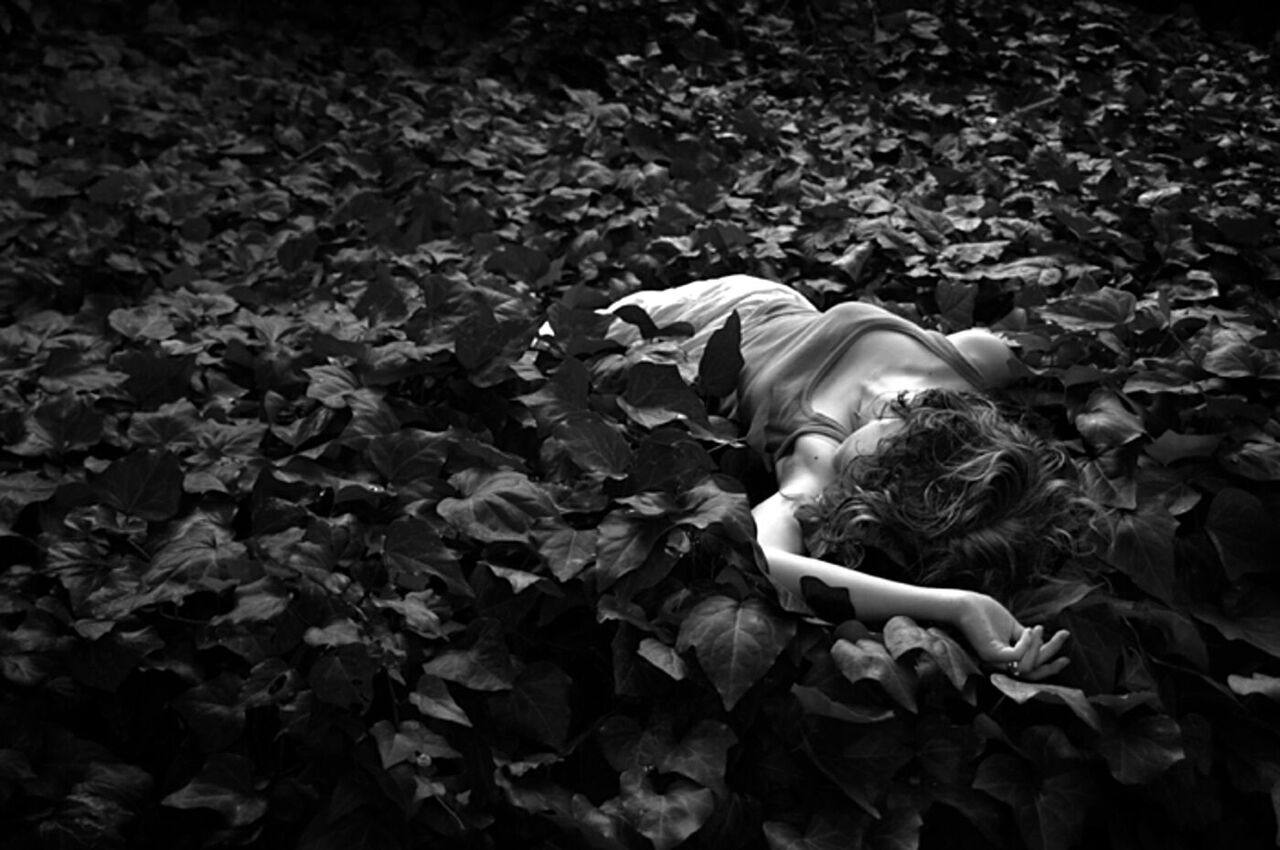
Since you can't use the viewfinder while shooting self-portraits, prefocusing is a must. Try asking a friend to stand in for you, or focus on a random object like a stick or stuffed animal. Once you've marked the spot where you'll be standing, remember to turn off autofocus so the camera doesn't refocus when you trigger the shutter.
Photo credit: Lacey Johnson
Place yourself in a visually interesting environment

For eye-catching self-portraits, try posing in a visually rich environment. Surrounding yourself with patterns and textures — such as a red brick wall, field of flowers or sea of turquoise water — is a great way to make your portraits more graphic. Unique interior spaces and architectural elements can also help your images pop.
Photo credit: Lacey Johnson
Shoot your reflection

Just about everyone has photographed their reflection at some point. Shooting into a mirror not only lets you preview your pose and expression, but it also often provides an intimate glimpse of your life by showing the inside of your home (if that's where you're shooting) and even the type of camera you're using. For a more sophisticated take on the mirror self-portrait, try searching for reflections in less predictable places, like windows, puddles and other shiny surfaces.
Photo credit: Poon Watchara-Amphaiwan, Marvin Orellana
Use window light
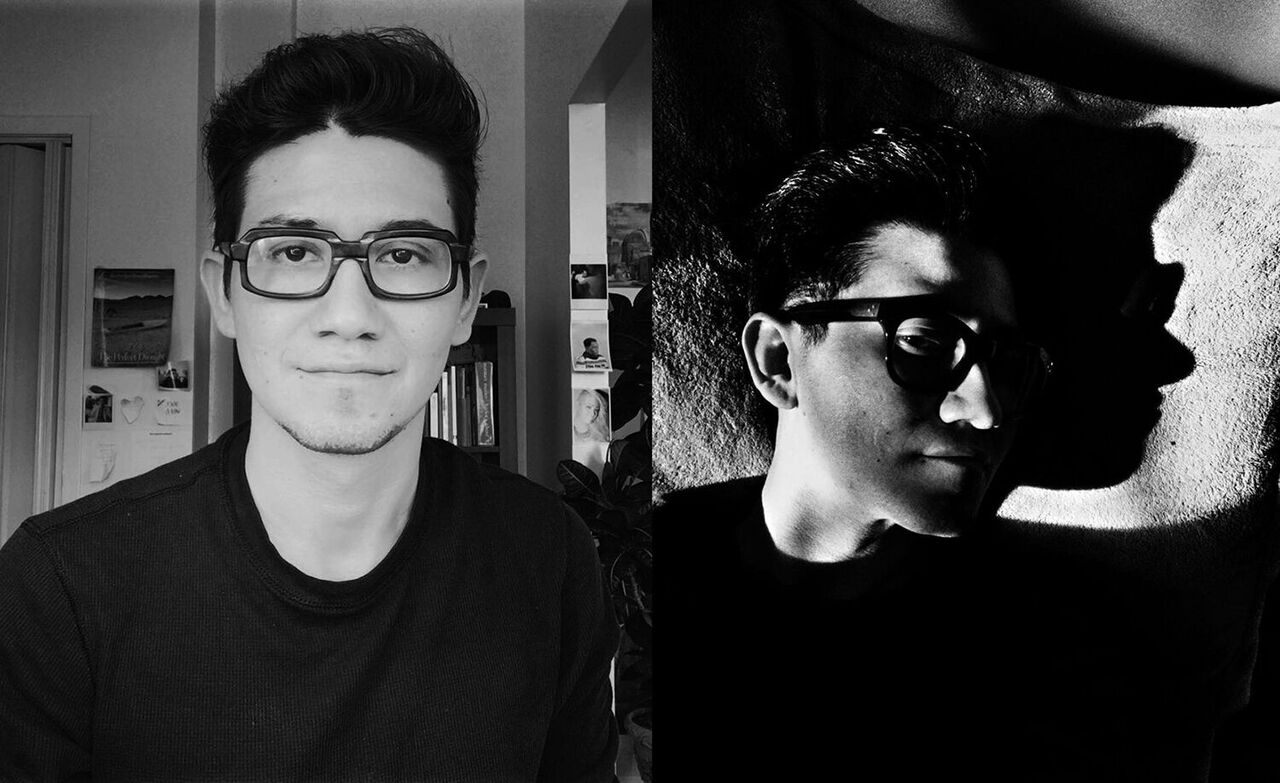
When photographing self-portraits inside, try shooting near a large window. If it's cloudy or shady outside, the diffused natural light will minimize harsh shadows to create a more flattering image. If the sun is shining directly in, you can use the shadows to create a more dramatic image, as seen in this portrait.
Photo credit: Marvin Orellana
Experiment with facial expressions

Smiling and looking into the camera gets old fast, and it's not terribly creative. Be sure to switch up your poses so you'll have plenty to choose from. In most cases, your expression and body language will ultimately decide the mood of your self-portrait.
Photo credit: Lacey Johnson
Document your life
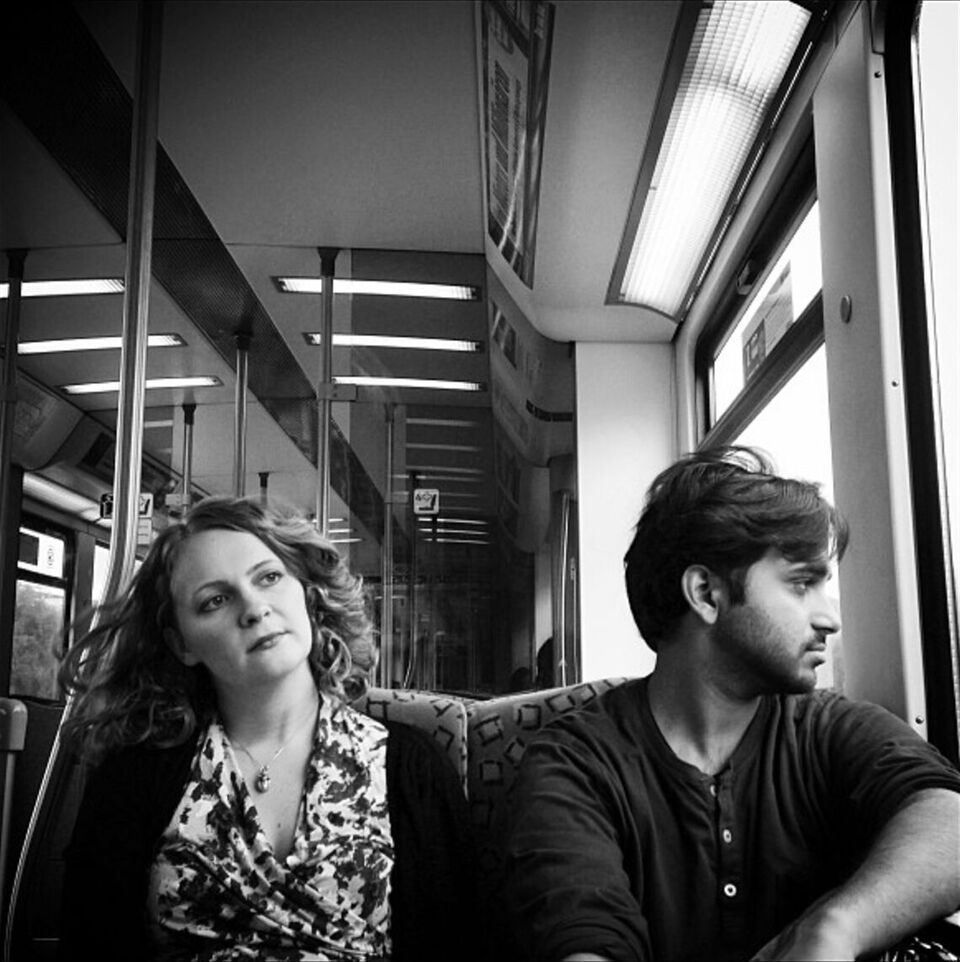
Some of the best self-portraits capture moments from everyday life. Photograph yourself cooking dinner, commuting to work or spending time with friends. In this image, the photographer placed her smart phone on an empty seat to document a train ride with her husband.
Photo credit: Lacey Johnson
Put yourself in the landscape
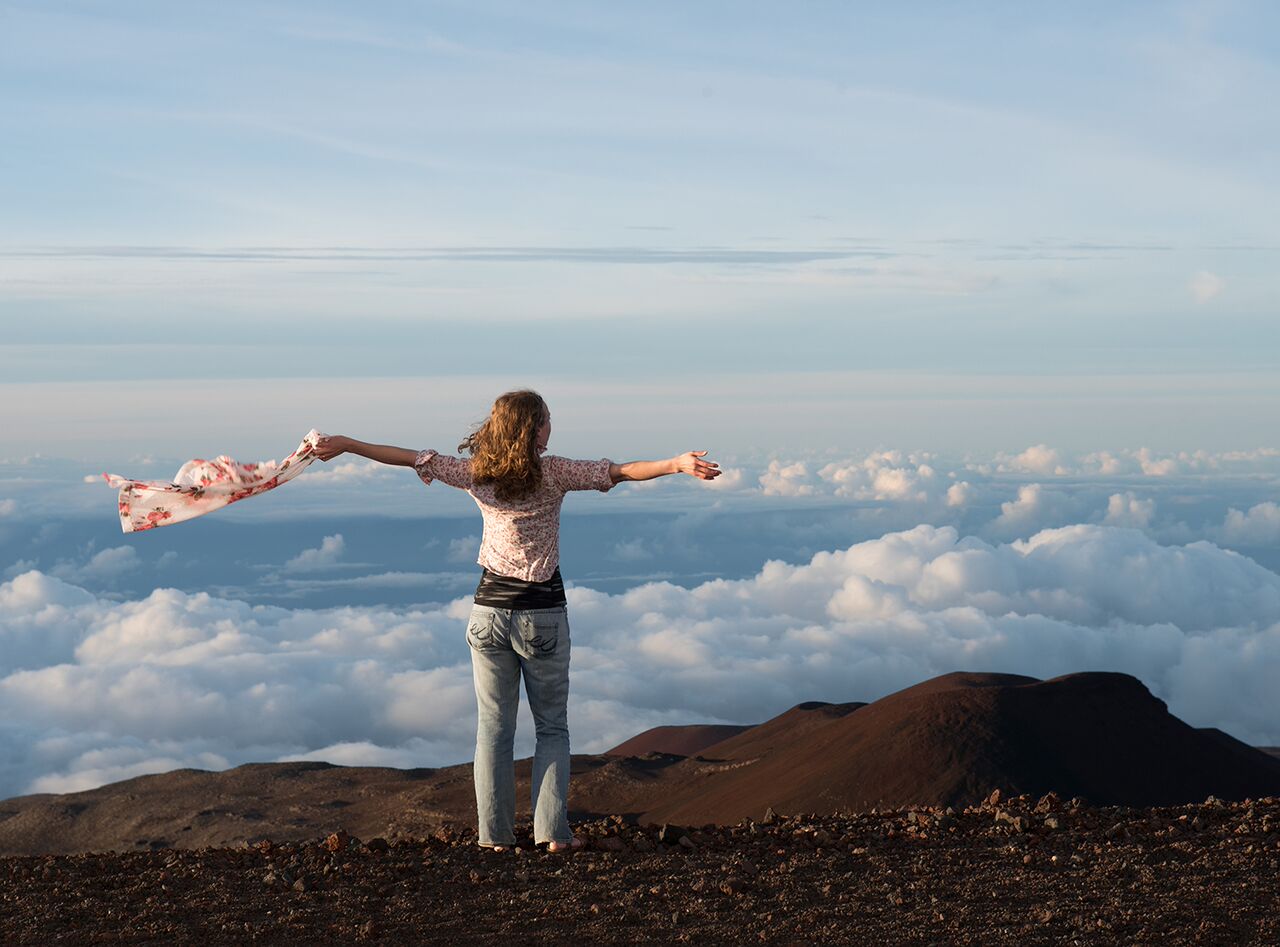
Stepping into an outdoor scene is a great way to make a self-portrait more engaging, while also documenting yourself in a beautiful place. The next time you're on a hike or scenic drive, bring your tripod along and look for opportunities to hop into the landscape.
Photo credit: Lacey Johnson
Include your natural environment
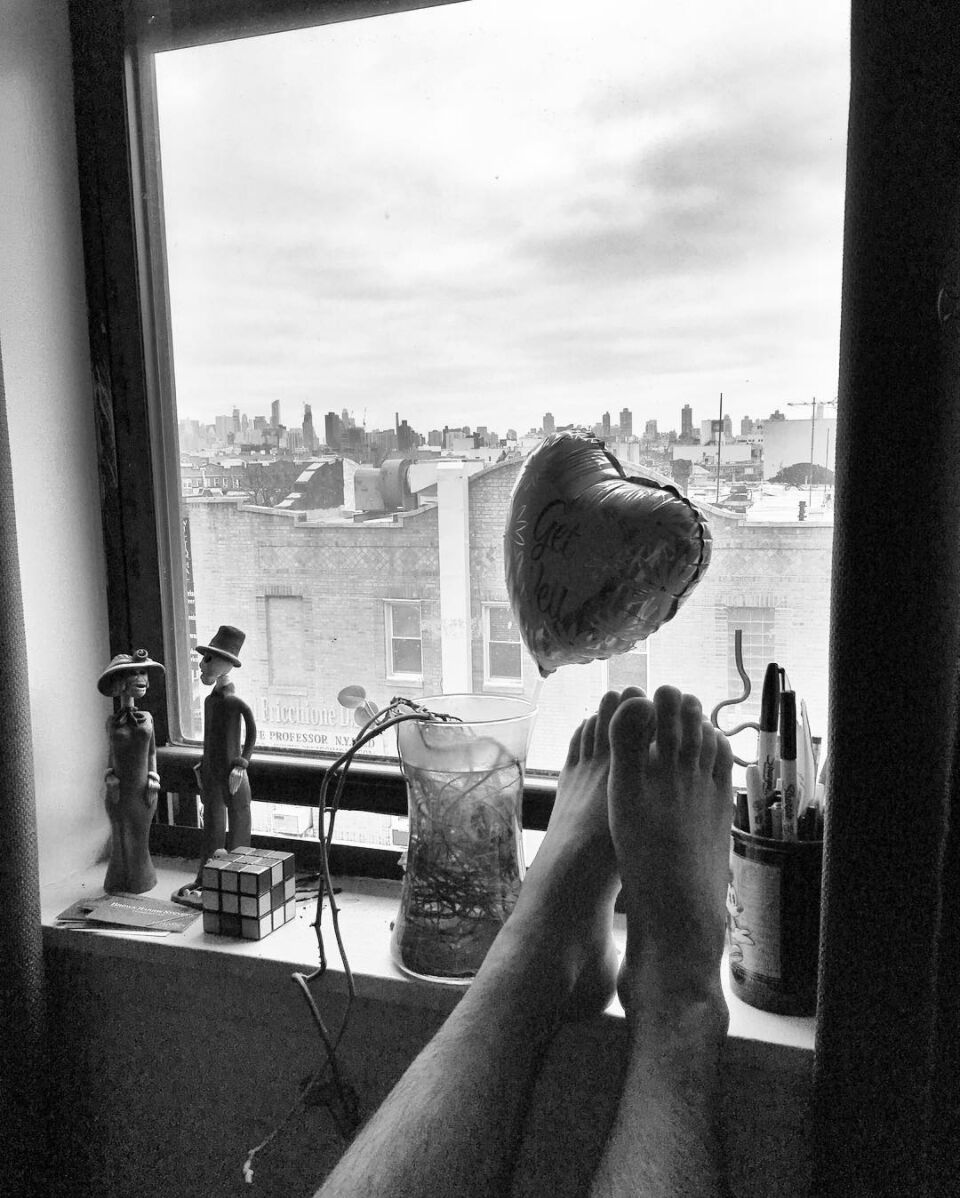
Seeing a person's home and belongings is usually more informative than looking at their face. For a more intimate portrait, consider including personal details like piles of clothes in the floor, stuffed animals on the bed or a stack of books you've been reading.
Photo credit: Marvin Orellana
Remove distractions

Unless you want the background to be part of the story you’re trying to tell with the photo (as in the previous tip), showing too much of your environment can also be distracting, especially when the objects are unidentifiable or don't impart any relevant information about the portrait subject. Remember to remove unnecessary clutter, or shoot in front of a solid wall for a clean look.
Photo credit: Joe Sciacchetano
Think outside the box
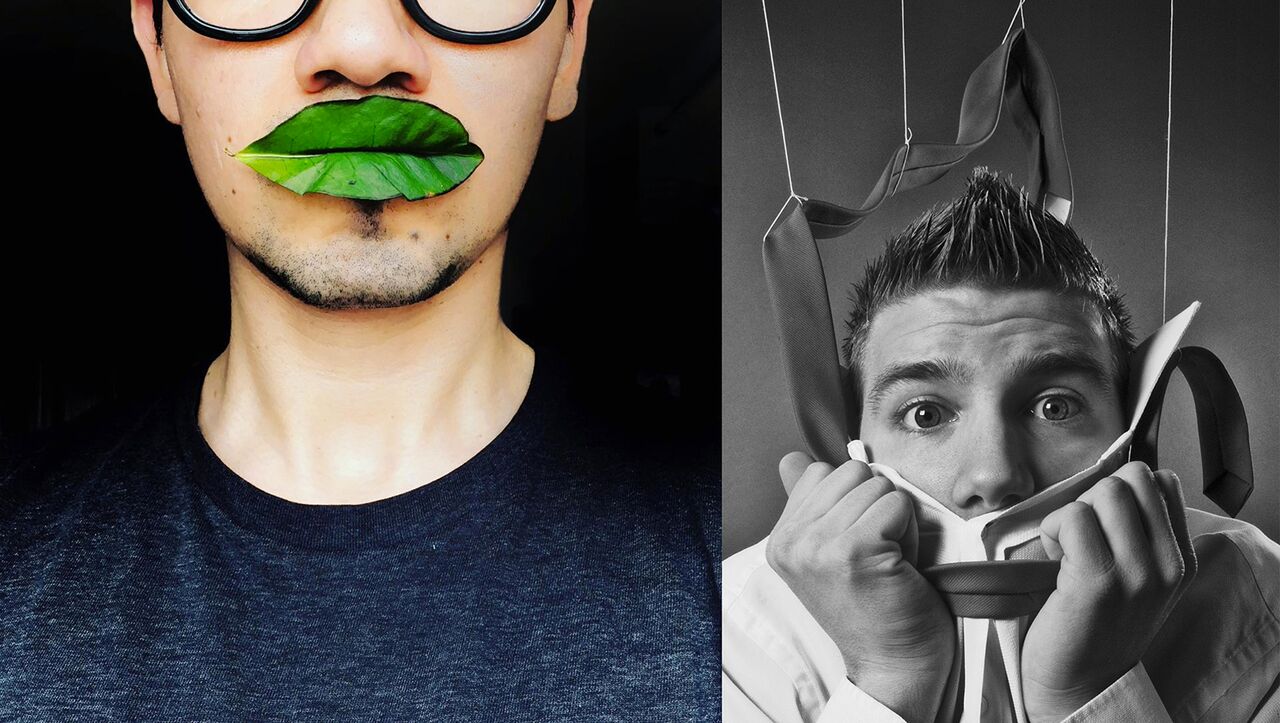
One of the best things about self-portraits is that no one sees you take them. Therefore, embrace the self-portrait as an opportunity to experiment, try out new concepts and let your guard down.
Photo credit: Marvin Orellana, Joe Sciacchetano
Use a low f-stop
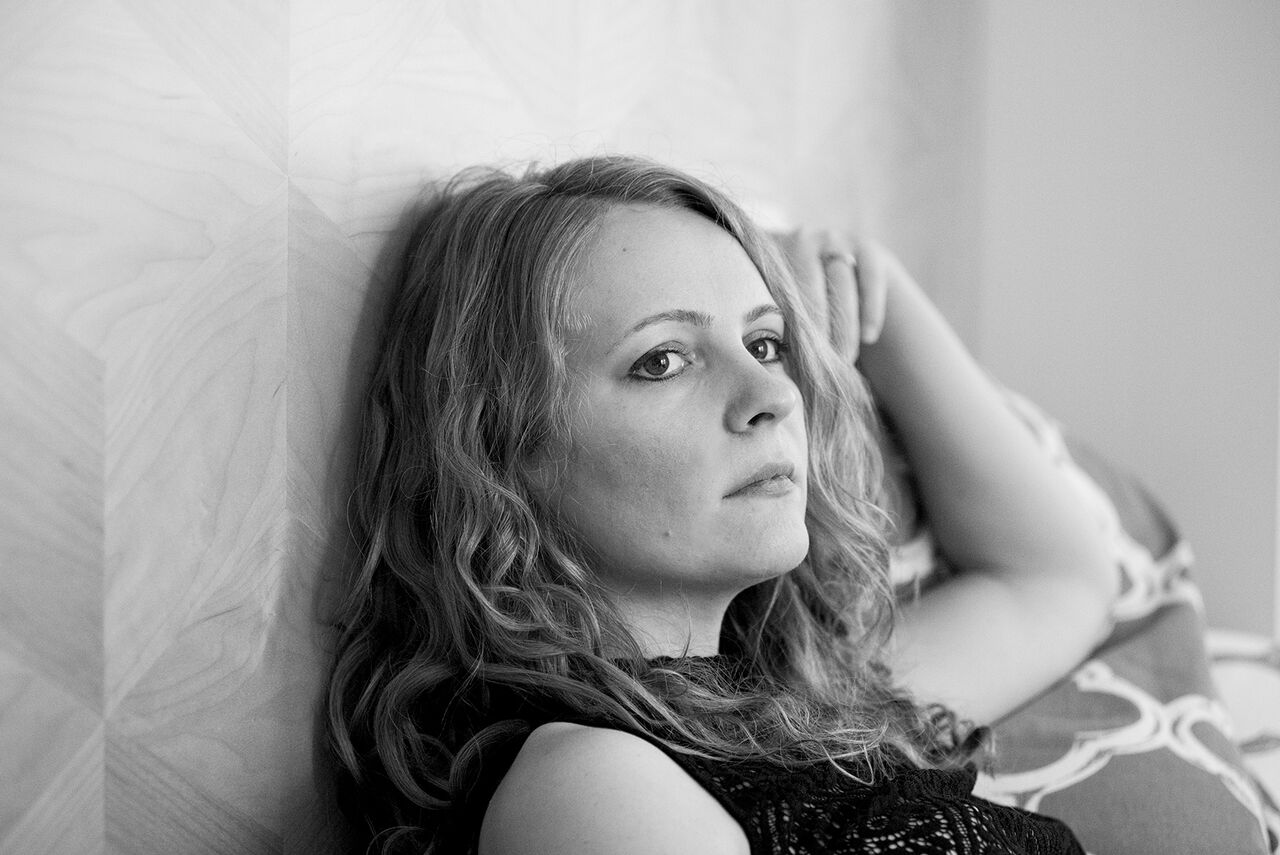
When shooting self-portraits that don't require the background to be in focus, it's good practice to use a low f-stop. This will create a shallow depth of field, making you stand out from your surroundings. If you don't have a DSLR, you can get a similar effect using Portrait mode on the iPhone 7 Plus or the Samsung Galaxy Note 8, both of which use two lenses to create a blurred background. If you're using another smartphone, look for camera apps that let you change the f-stop.
Photo credit: Lacey Johnson

Lacey is a freelance journalist and photographer based in Washington, D.C. with a specific interest in a variety of scientific topics including climate change, health, and renewable energy. She is also a keen photographer and her work has appeared in numerous national and international publications. Many of her articles on Tom's Guide are geared towards helping you take better pictures.
